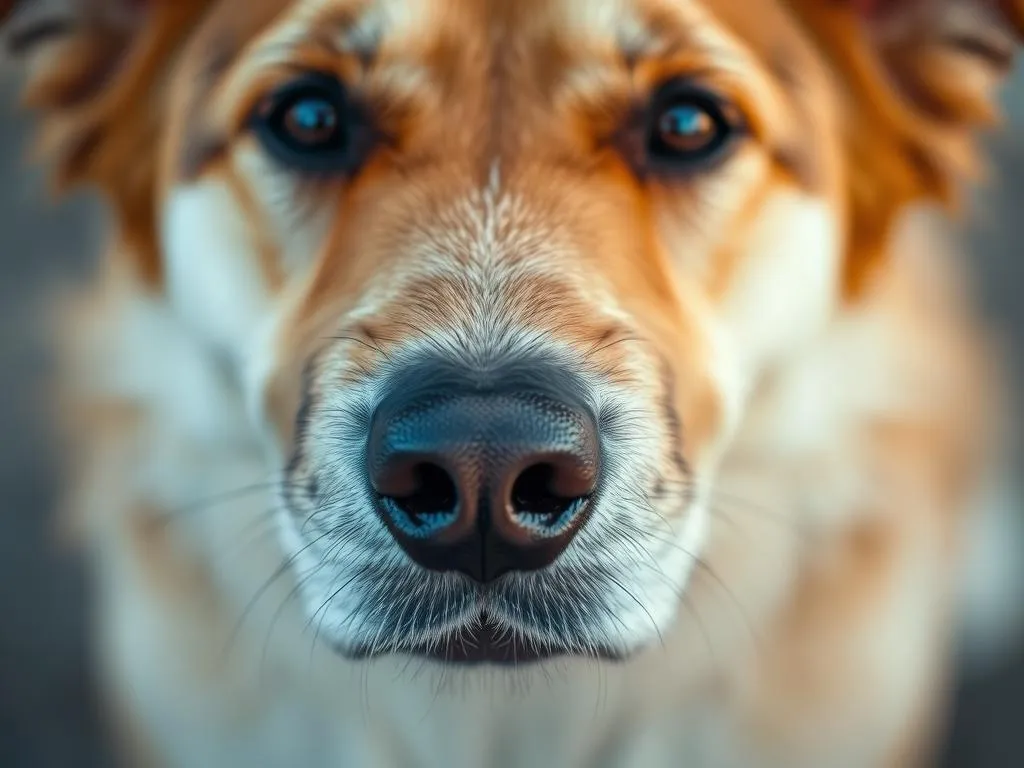
Introduction
Dog health care is a vital aspect of responsible pet ownership, ensuring our furry companions live long and healthy lives. One of the lesser-known but potentially serious threats to dogs is the foxtail in dogs’ nose. These troublesome plants can pose significant health risks, especially as they become more common in various regions. Understanding what foxtails are, their symptoms, prevention strategies, and treatment options is crucial for dog owners.
Understanding Foxtails
What are Foxtails?
Foxtails are grass-like plants belonging to the genus Setaria and other related species. They are characterized by their bushy, elongated seed heads that resemble a fox’s tail. Foxtails typically grow in dry, sunny areas and can be found in fields, along roadsides, and in gardens. Common types include the Setaria viridis (green foxtail) and Setaria faberi (giant foxtail).
These plants produce barbed seeds that easily attach to fur, skin, and can even end up in a dog’s nose, causing serious health issues.
How Foxtails Affect Dogs
Foxtails can become a problem for dogs in multiple ways. When dogs run through grassy areas, these barbed seeds can latch onto their fur or skin. If a dog sniffs around or burrows into the grass, the foxtail in dogs’ nose can occur. The anatomy of a dog’s nasal passage is relatively complex and vulnerable; once a foxtail enters, it can travel deeper into the nasal cavity, leading to a host of complications.
Symptoms of Foxtail in Dogs’ Nose
Early Warning Signs
As a dog owner, being vigilant about your pet’s health is essential. Early signs of a foxtail in dogs’ nose may include:
– Sneezing: A sudden increase in sneezing can indicate irritation.
– Nasal Discharge: Look out for any unusual discharge, especially if it’s bloody or has a strong odor.
– Pawing at the Nose or Face: If your dog is frequently pawing at its nose, it could be trying to relieve discomfort.
Advanced Symptoms
If left untreated, a foxtail in dogs’ nose can lead to more severe symptoms, such as:
– Difficulty Breathing or Coughing: If the foxtail obstructs airflow, your dog may exhibit labored breathing or a persistent cough.
– Swelling or Redness Around the Nose: This can be a sign of inflammation or infection.
– Unusual Odor from the Nose: A foul smell is often indicative of infection, which requires immediate veterinary attention.
When to Seek Veterinary Care
Recognizing when to seek veterinary care can be a game-changer in your dog’s health. If your dog displays any of the advanced symptoms or if the early warning signs do not improve within 24 hours, it’s crucial to consult a veterinarian. Early diagnosis and intervention can significantly affect recovery outcomes.
Diagnosis of Foxtail in Dogs’ Nose
Veterinary Examination
During a veterinary examination, the veterinarian will conduct a thorough physical assessment, including checking your dog’s nose and throat. They may use diagnostic tools like rhinoscopy, which allows for a visual examination of the nasal passages. This tool can help locate and assess the severity of the foxtail problem.
Differential Diagnosis
Several other conditions can mimic the symptoms of a foxtail in dogs’ nose, such as allergies, infections, or nasal tumors. Accurate diagnosis is essential, as it determines the appropriate treatment plan. Your veterinarian may perform additional tests to rule out these other conditions.
Treatment Options
Non-Invasive Treatments
For minor cases where the foxtail is lodged but not deeply embedded, non-invasive treatments may be an option. This can include:
– Nasal Irrigation: Using saline solutions to flush out the nasal passages.
– Anti-Inflammatories: Medications may help reduce swelling and discomfort.
However, these methods should only be attempted under a veterinarian’s guidance.
Surgical Intervention
In many cases, especially if the foxtail is deeply lodged, surgical intervention may be necessary. The procedure typically involves:
– Anesthesia: Ensuring the dog is comfortable and pain-free during surgery.
– Removal of the Foxtail: The veterinarian will carefully extract the foxtail from the nasal passage.
– Post-Operative Care: Recovery may involve monitoring for infection and ensuring that your dog is comfortable.
Follow-Up Care
Follow-up care is crucial after any treatment for a foxtail in dogs’ nose. Regular veterinary visits will help monitor your dog’s recovery and check for any potential complications. Your veterinarian may recommend:
– Regular Check-Ups: To ensure that there are no residual effects from the foxtail.
– Monitoring Symptoms: Keeping an eye on your dog’s behavior and health post-surgery.
Preventing Foxtail Incidents
Avoiding Foxtail Infested Areas
Being proactive can significantly reduce the risk of your dog encountering foxtails. Here are some tips:
– Research Local Areas: Be aware of parks or trails known for foxtail growth.
– Change Walking Routes: Opt for urban areas or well-maintained paths that are less likely to have foxtails.
Grooming and Maintenance
Regular grooming is essential for minimizing foxtail exposure. Consider the following practices:
– Brushing Your Dog: Regularly brushing can help remove any foxtails before they embed themselves in your dog’s fur.
– Checking Between Toes and Ears: These areas are common hiding spots for foxtails.
Training and Awareness
Educating both yourself and your dog can make a significant difference:
– Training Commands: Teaching commands like “leave it” can help your dog avoid foxtail plants.
– Community Awareness: Share knowledge about foxtails with other dog owners in your community. Awareness can lead to more vigilant pet ownership.
Conclusion
Understanding the dangers of foxtails in dogs’ noses is crucial for dog owners. Being informed about the symptoms, treatment options, and preventive measures can help keep our pets safe. Regular veterinary care and proactive measures in grooming and training can significantly reduce the risks associated with foxtails. By staying educated and sharing knowledge with others, we can foster a healthier environment for our beloved dogs.
By maintaining awareness and taking proactive steps, we can ensure that our pets remain healthy and happy, free from the dangers of foxtails and other hidden threats in their environment.









